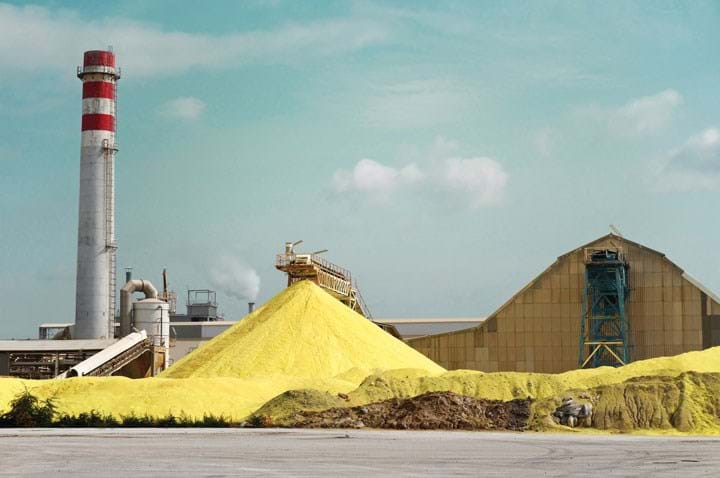Short on sulfur: potential crisis for vital manufacturing feedstock

Could threaten food security and stifle green technology
A NEW study by researchers at UCL suggests that supplies of sulfuric acid, a vital manufacturing feedstock, could face a global shortage as industries turn to decarbonisation to fight climate change.
Despite being extremely corrosive and toxic, as well as carcinogenic, everything from phosphorus fertiliser, nylon, synthetic rubbers, drugs, aluminium production, nuclear fuel processing, to the extraction, processing, and refining of a range of metals, all rely on the use of sulfuric acid. Over 246m t of sulfuric acid are used annually, and this figure is set to rise as global agriculture intensifies and green technologies become more established.
Ironically, however, as the world looks to end its reliance on fossil fuels and become more sustainable, researchers at University College London (UCL) say industries are overlooking a potentially huge problem – a sulfuric acid shortage.
That’s because over 80% of the global sulfur supply comes from the desulfurisation of crude oil and natural gas that reduces the SO2 gas emissions. With a reduction in fossil fuels production, will come a reduction in sulfuric acid production and this could create a shortfall as large as 320m t by 2040, or 130% of present-day production, the team at UCL said.
It’s a shortage that could have as many connotations as sulfuric acid’s uses, especially when it comes to low-carbon technologies, such as high-performance batteries, lightweight motors for vehicles, and solar panels, as they all rely on sulfuric acid in the manufacturing process.
This article is adapted from an earlier online version.
Recent Editions
Catch up on the latest news, views and jobs from The Chemical Engineer. Below are the four latest issues. View a wider selection of the archive from within the Magazine section of this site.




